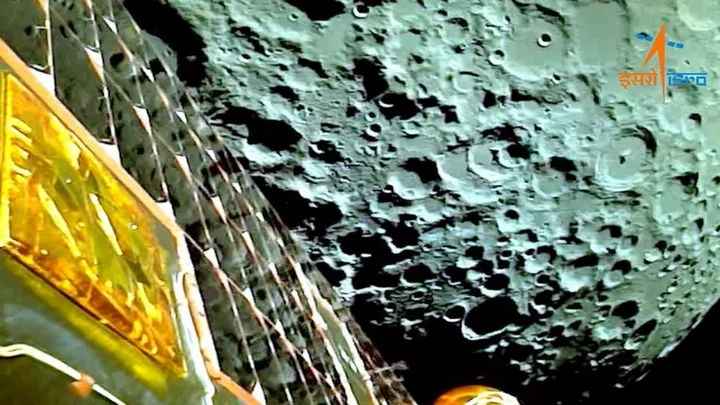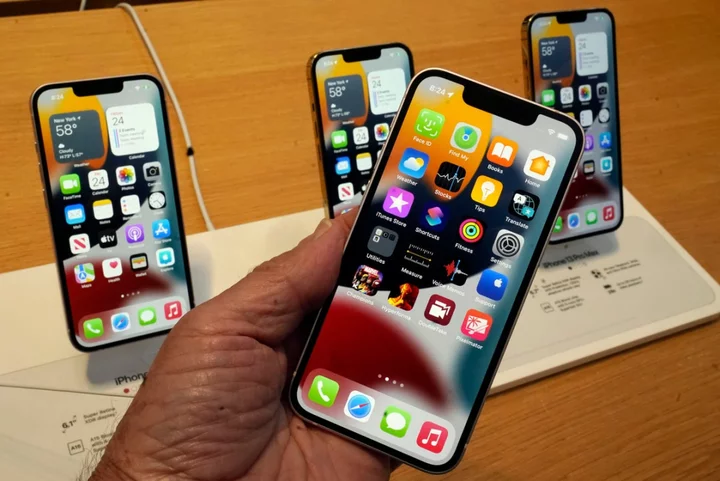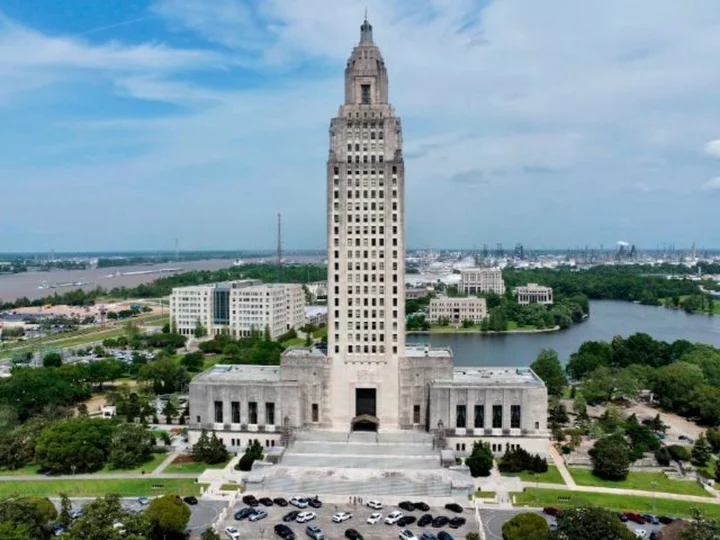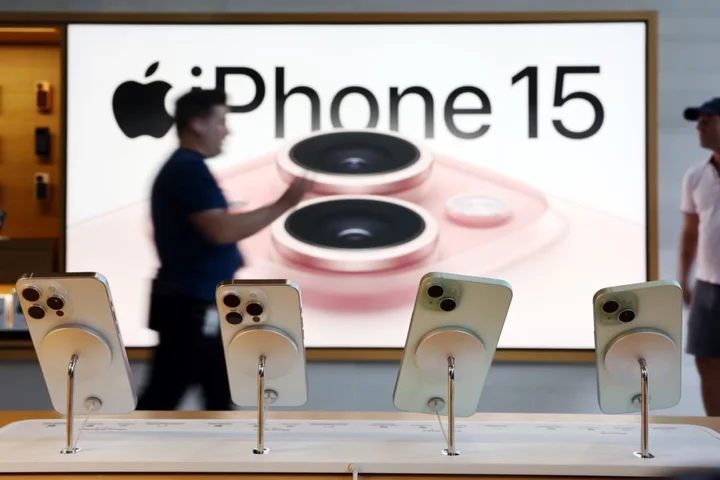
Best Buy’s Holiday Sneak Peek is Here
MINNEAPOLIS--(BUSINESS WIRE)--Sep 19, 2023--
2023-09-19 19:22

Solar Developers Blast Specter of New US Tariffs as Blow to Climate
Renewable power developers blasted a US government decision that will slap new tariffs on solar exports from Southeast
2023-08-19 02:45

Facebook users: You have less than a month to claim your piece of the $725M settlement
Facebook users have until Aug. 25 to claim their cash from the class-action lawsuit involving
2023-07-28 23:16

RiseUp with ServiceNow expands curriculum to include partner courses
LAS VEGAS--(BUSINESS WIRE)--May 16, 2023--
2023-05-16 23:25

Chandrayaan-3: Historic India Moon mission sends new photos of lunar surface
If Chandrayaan-3 succeeds, India will be the first country to land near the Moon's little-explored south pole.
2023-08-07 13:48

Broken Doom Shotgun Finally Nerfed in Warzone
The overpowered Doom Shotgun finally got nerfed in the Warzone Oct. 11 patch notes so the weapon does not one-shot enemies from absurd distances.
2023-10-14 03:45

Accenture Federal Services Wins $94M U.S. Army Identity, Credential, and Access Management (ICAM) Contract
ARLINGTON, Va.--(BUSINESS WIRE)--Jul 11, 2023--
2023-07-11 21:28

Microsoft to offer OpenAI's GPT models to government cloud customers
(Reuters) -Microsoft Corp is bringing the powerful language-producing models from OpenAI to U.S. federal agencies using its Azure cloud service,
2023-06-08 03:15

Cryptocurrency Prices Sag as SEC Files Charges Against Binance
Cryptocurrencies were lower across the board after the US Securities and Exchange Commission accused Binance Holdings Ltd. of
2023-06-06 00:28

Exclusive-Head of engineering for Trump’s Truth Social app resigns
By Helen Coster NEW YORK The head of engineering for the company that operates former U.S. President Donald
2023-07-18 04:52

iOS 17: New iPhone update changes location of ‘end call’ button, causing controversy
Apple is making a small but already controversial tweak in the upcoming iPhone update. The company revealed iOS 17 at its Worldwide Developers Conference, in June. It showed off a range of features: new images that will show when you call someone, redesigned messages and stickers, and a new “StandBy” mode that allows the phone to be used as an ambient display when turned on its side. But another change has already received as much discussion as those more substantial updates. And it relates to the button you use to put the phone down. Until now, that button was in the middle of the screen, on its own. That meant among other things it was easy to press without accidentally hitting anything else, and that you could be confident of doing so. But a recent update to the iOS 17 beta – which allows users to test out the new software as it is developed, before everyone else – moved that button to the bottom-right of the screen, and put it alongside other buttons. Then another update to that beta arrived this week, which moved that back to the middle of the bottom of the display, but still left it among other buttons. The relocation is already proving controversial among users who are adjusted to knowing where to press to end their call. Moving the buttons together at the bottom of the display is presumably an attempt to leave more space for the new Contact Posters that show when someone calls. But it is not clear why Apple moved the button around, and then replaced it. The change is just one of a range of alterations to the usually neglected Phone app in iOS 17. The update also brings new Contact Posters that people can design to show on others’ phones when they call, the option to leave a message when someone doesn’t pick up FaceTime calls, and a new live voicemails tool that answers the phone on your behalf and transcribes what people say. The full release of iOS 17 is expected to come next month, just before the launch of the iPhone 15. That too will make a change to the real buttons on the device: widespread rumours suggest that the toggle on the side of the phone that switches into silent mode will be replaced with an “action button” that can be configured by the user. Read More Bitcoin’s price is crashing dramatically AI poses a profound threat – but could also help save us, experts agree Study finds popular accessory likely makes no difference to sleep quality, eye health
2023-08-19 00:18

Biden boosts spending request to help pay for disasters
By Jarrett Renshaw The Biden administration on Friday added $4 billion to a supplemental funding request to Congress
2023-09-02 00:28
You Might Like...

The Chinese groups accused of hacking the U.S. and others

Gamers are boycotting Starfield because players can add pronouns

Xsolla to Showcase Parental Control, Expansion in Asian Market, and New Partnerships at Devcom and Gamescom 2023

Louisiana public schools now required to display 'In God We Trust' in all classrooms

Who is Linda Yaccarino, reportedly Twitter's next CEO?

Toyota: Data on more than 2 million vehicles in Japan were at risk in decade-long breach

Rise of the robots: UN tries to tackle 'mind-blowing' growth of AI

This Hot Market May Not Last. Why Options Look Better Than Stocks.
